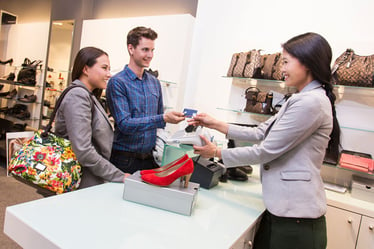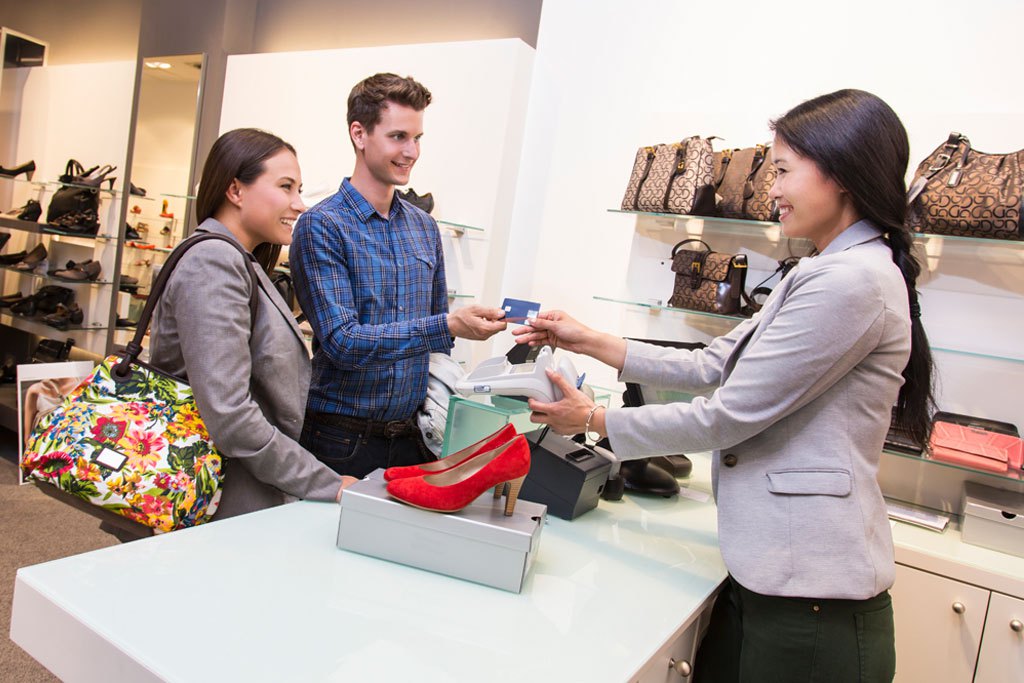| Read article on footwearnews.com |
 |
| Download PDF of the article |
Accurate information regarding fashion trends, consumer spending habits and market shifts are a goldmine for footwear designers and merchants who spend thousands — if not millions — of dollars each year creating and marketing products that they’re not sure will sell.
Jim Shea, chief marketing officer at First Insight Inc., says footwear products in particular carry a high cost of failure—much of that extra cost is attributable to the creation of pricey molds for new shoe designs—hence, the reason the company’s latest study will prove useful.
First Insight, a technology platform providing predictive analytics, has conducted its first-ever cross brand Merchants and designers are constantly seekign customer insights to help boost sales. Getty Images |
So what are the key takeaways? Read on.
Shea said the study—which tested a group of products from Michael Kors, Nicole Miller and others with 1338 (1003 women; 335 men) consumers using its online gamification platform—found that most women and men spend between $100 and $299 each year on shoes.
Regarding styles, the findings suggest that booties and evening shoes will be a top-performing shoe category for women this fall.
Zippers, the study also found, will be a popular feature for fall shoe items, as it outperformed traditional straps and all other fastener types.
For men, unsurprisingly, brown and black colorways ranked most popular with formal and athleisure styles leading the way.
Generally, pointed-toe shoes performed best among female respondents, outperforming rounded toe shoes by 8 percent while open-toed shoes and square-toed shoes ranked lowest.
And just how many of these popular styles are consumers willing to snap up?
The study showed that 45 percent of women buy five or more pairs of shoes per year while 21 percent of women buy seven or more pairs of shoes per year. Meanwhile, just 22 percent of men buy five or more pairs of shoes each year and only 9 percent buy seven or more pairs of shoes per year.
While generally purchasing fewer items, when men do buy shoes, they are buying more expensive shoes than women, the study found.
Approximately the same percentage of men as women spend over $300 per year on shoes (35 percent), while 45 percent more men than women spend over $1000 per year on shoes.
Shea said he expects the applicability of these and future First Insight studies to have broad applications across the shoe industry.
“The footwear industry is more dynamic than ever, and trends are changing rapidly,” said Shea. “The cost of a failed new product for a footwear company is enormous, and the cost grows exponentially as a style is manufactured in multiple colors and sizes.”
Greg Petro, First Insight’s CEO, will present a summary of the study’s results at FN’s CEO Summit in Miami on May 12.
















